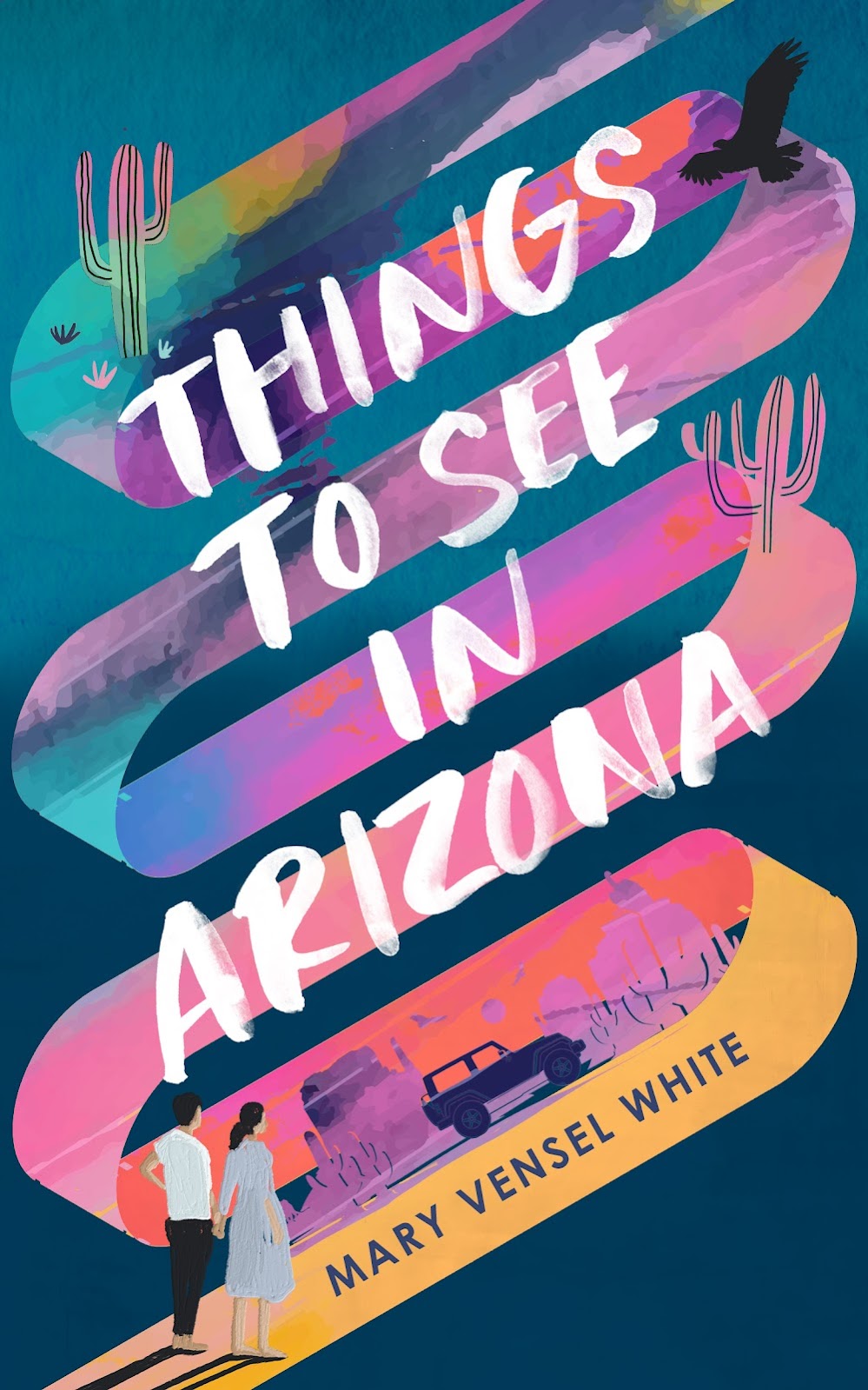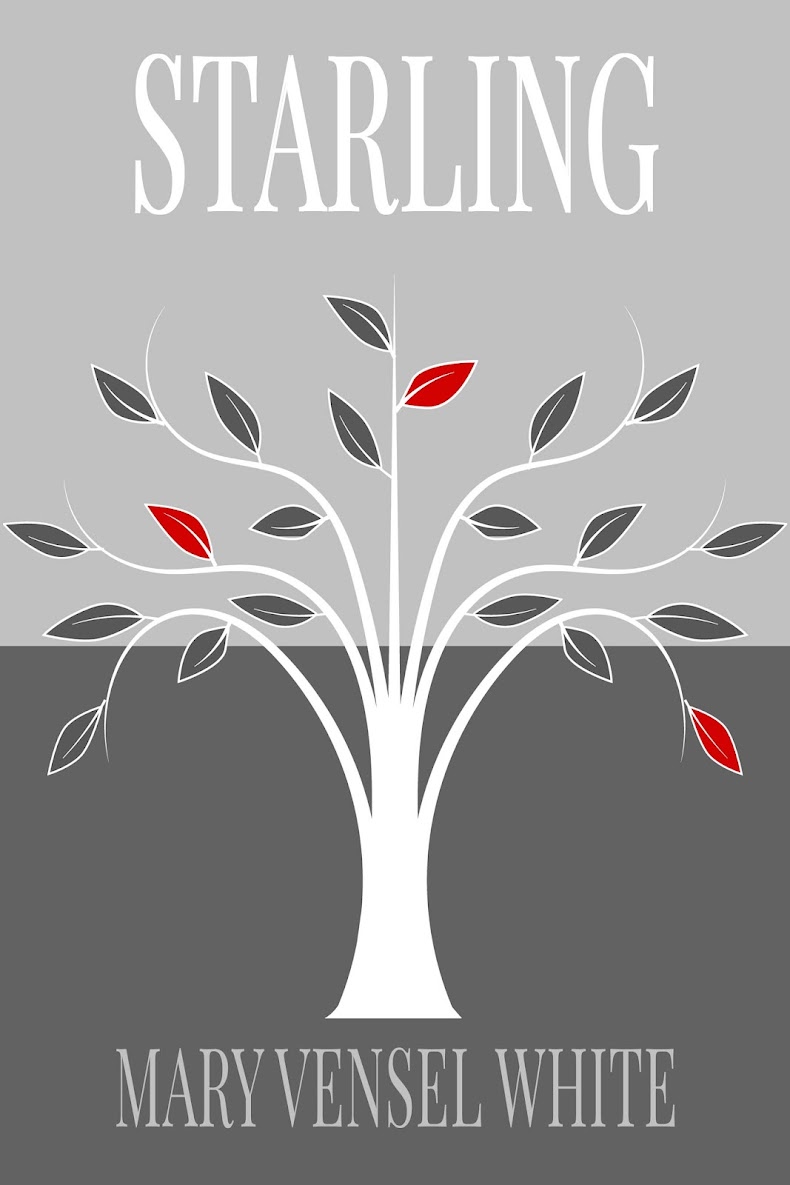I’d have to say that each of my novels have been organized in similar but disparate ways. Usually, there’s a messy notebook involved, where I jot down ideas for scenes, trains of thought, themes, and often—incomprehensible things like “if the mother was the impetus of it,” or “she never suspected he might do that.” (Sidenote: it’s always good to be specific when you’re jotting down tidbits from dreams or fuzzy, first-morning ideas).
For The Qualities of Wood, I worked from a pretty specific outline. Of course, throughout years of editing, the finished product diverged from the outline remarkably. But there was the notebook, and many research items—notes on Native American tribes, the behavior of tigers, Monet’s obsessive methods—and there were scribbles and loose sheets but rising from that, a typed outline, chapter by chapter. The total time between conception and writing the first draft was probably six to eight months.
The novel I recently completed is called “Fortress for One,” and I began its notebook over ten years ago. I envisioned the novel as a story in two parts and beyond that structure, I did not outline very diligently. I think because the novel and its characters ruminated with me for so long, by the time I actually sat down to write, it was all worked out in my head. At least the first part. For that section, I had a basic outline in mind, many scenes and ideas. I decided that the second part of the story would be determined as I worked through the first, and that’s exactly what happened. Also, there was another year between the writing of the two sections, lots of time for mental outlining.
Different methods were employed for each but in some ways, it felt the same. My current project is a collection of short fiction and I have no plans or outlines. Basically, the conception (and title) is “Human Stories,” archetypal, framework themes that repeat over and over in fiction. My idea is to show how these themes can be upended in modern times. For instance, an archetypal story might be “Boy Meets Girl,” but how can this story be new and unexpected?
The collection centers around three extended families, and my method for writing is just to wait until a scene involving one of the characters occurs to me. The scene supports the general themes, of course, but it can be about any character, at any time of their life. So the fiction jumps around not only amongst the characters but back in forth in time too. The stories are fairly short, really meant as glimpses to be read in small doses.
This un-plotted method presents certain challenges. Keeping a timeline straight has been very difficult. I’ll get an idea for a scene but then remember that I’ve already said that something else happened before then, or I’ll have to go back and change or rethink someone’s age or where they were at the time. But there are freedoms too. I write whatever I want and don’t worry too much about where it’ll fit in. I have a general structure, where I move from one family to another, but other that that, it’s a free-for-all. So right now, I have chapters seven and nine but not six or eight. And of course, I’m starting to have an idea of where and how it’s all going to end, but I won’t write anything down. This process feels organic and liberating and is quite fun. But in some dark corner of my mind, I’m also looking ahead to the next novel, which will be plotted and planned, because that’s what it seems to call for.
Do you have a singular method for writing fiction? How does the project dictate the terms of engagement? Do you think anything good can come from mere inspiration? And can you properly begin a story if you don’t know how it will end???














I usually have an idea of the ending of a novel before I begin, and/or a general idea of "what happens." For instance, I just had an idea for a novel I’ve given the working title of Food. I know the main protagonist is a famed Japanese gardener who is enlisted to join a mission to Mars, and that the food supply will be threatened by a virus. Primarily, the novel will be about the gardener—how he handles his perceived “failure” and the years he spends away from his family—and the secondary story will be the mystery and suspense surrounding the virus.
ReplyDeleteAfter I have my initial idea, I start writing the opening scene, and I start thinking about possibilities, asking questions: What would happen if the food supply on a remote planet were jeopardized? What would happen if it was a natural occurrence, and what would happen if the food supply was infected intentionally? Did the gardener have enemies? Friends? Lovers? How did the gardener come to be enlisted for the mission? What is his prime motivating factor? Why did he agree to join the mission? Does he want to get back to Earth? Does he want to save the mission?
This process continues until I have a general synopsis of the novel. Not really an outline but a more of a guide. When/if something happens that goes against the synopsis, I rework it—either in my mind, or on paper.
When I get stuck, I do some research. In this case about gardening, space travel, colonizing Mars…whatever the subject matter is for that particular book.
After each session of writing, when I can’t think of what comes next, I jot down thoughts underneath, something that might kick-start my next writing session.
Also, at the end of each writing session, I do a little editing of what I’ve written that day. This way, I catch (hopefully) any anachronisms and make the process of editing the first draft less daunting.
Another thing I do is write mostly in “scenes,” and I name the scenes. This way I can move them around so the story isn’t so linear.
What works for one writer won’t necessarily work for another. I know I hate lists, so maybe that’s why I can’t envision working from a strict outline—it seems too clinical.
Thanks for sharing your process of writing, Mary. I never cease to marvel at how varied and fascinating our minds are. For each what works best.
ReplyDeleteReading your way of going about writing is kind of re-assuring me that I'm not mad in my slow ruminations. What your say ... by the time I actually sat down to write, it was all worked out ... resonates with me. During the work on my first novel several other projects demanded attention, yet each time I returned to the novel I found my characters more saturated with qualities and motivations, and I felt my understanding of what I was attempting to do had deepened.
Thanks, ladies, for your input. Janet, although you resist outlines, your process seems very organized and thorough, and yet, allows for change and inspiration too. It seems to suit what I know of your personality! The fact that you spend so much time before writing, thinking about character, time and place explains why your writing is so good and draws the reader into the world. Because you've imagined it so completely. Ashen, you're right, sometimes it seems we're more different than alike, especially in the mysterious ways of creating art. I too felt that my characters were sort of hanging around, even when I wasn't there. Just waiting for me to come back. Ah, it's fun, isn't it, and you get to choose your own way...
ReplyDelete